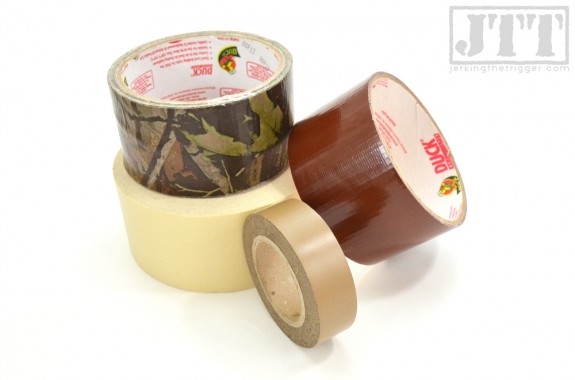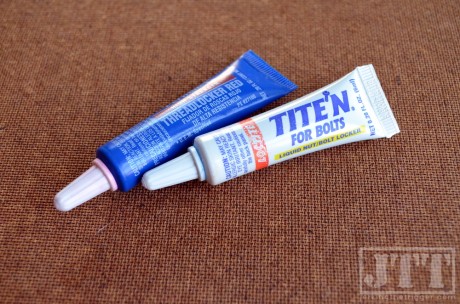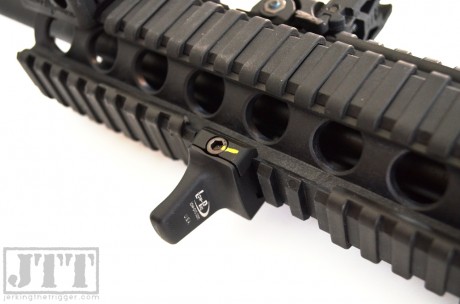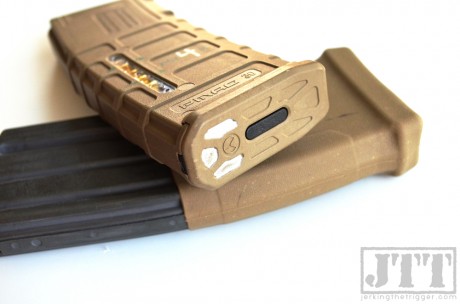Every Tactical Handyman knows that a little duct tape, properly applied, can fix just about anything. However, every Tactical Handyman also knows that the one-size-fits-all solution isn’t always the best one. When it comes to tape, you can save yourself some headaches by keeping a few different types on hand.
Duct tape is a good all-around tape that I find most useful for repairs or marking items. It is available in a number of colors including camo patterns from local big box stores. It even works as a replacement for medical tape in a pinch. No survival or EDC kit is complete without it. Its biggest strength is its versatility and availability but it deteriorates fairly quickly and leaves a lot of residue.
Masking tape is a must have in the Tactical Handyman’s tool box. It is great for its intended purpose, masking off painting projects. I use it to ensure that optics and sights don’t get painted when I paint a rifle. It is also perfect for use as a label if you are organizing gear. I typically write on it with a Sharpie or other permanent marker and find that the labels I make this way last pretty much indefinitely for indoor use. Its biggest strength is also its biggest weakness. It is designed to peel away easily. It also retains water and gets soggy fairly easily.
Electrical tape or vinyl tape is still widely used by Tactical Handymen everywhere but I have given up on it for everything but actual electrical projects. I have replaced it with Battle Systems Vinyl Tape, Coyote Brown. Battle’s Systems’ tape is heat resistant, stretchy, durable, and it bonds well enough. It also doesn’t leave a ton of residue or turn to goop in heat and humidity. It is excellent for strap management, silencing rattling gear, even providing some water resistance to containers, and more. I use it constantly.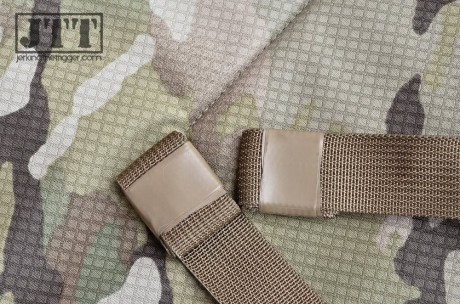

One of the best ways to improve your recoil control is to improve grip and one of the easiest ways to improve grip is the addition of some strategically placed grip tape. I really like 3M 7635NA Safety-Walk Tread Tape. It doesn’t shed much grit, stays put fairly well, and it comes is various handy sizes. I usually just get the 2″ wide roll. I use it on handgun grips, the top of the a handgun slide in front of the rear sight to aid in one hand manipulations, knife clips, and more.
Even good old “Scotch Tape” is handy to have on hand. My favorite use for it is as a diffuser and lens protector.
Of course there are other types of tapes that are handy to have around. What types of tape do you keep on hand and what are some applications for it?

